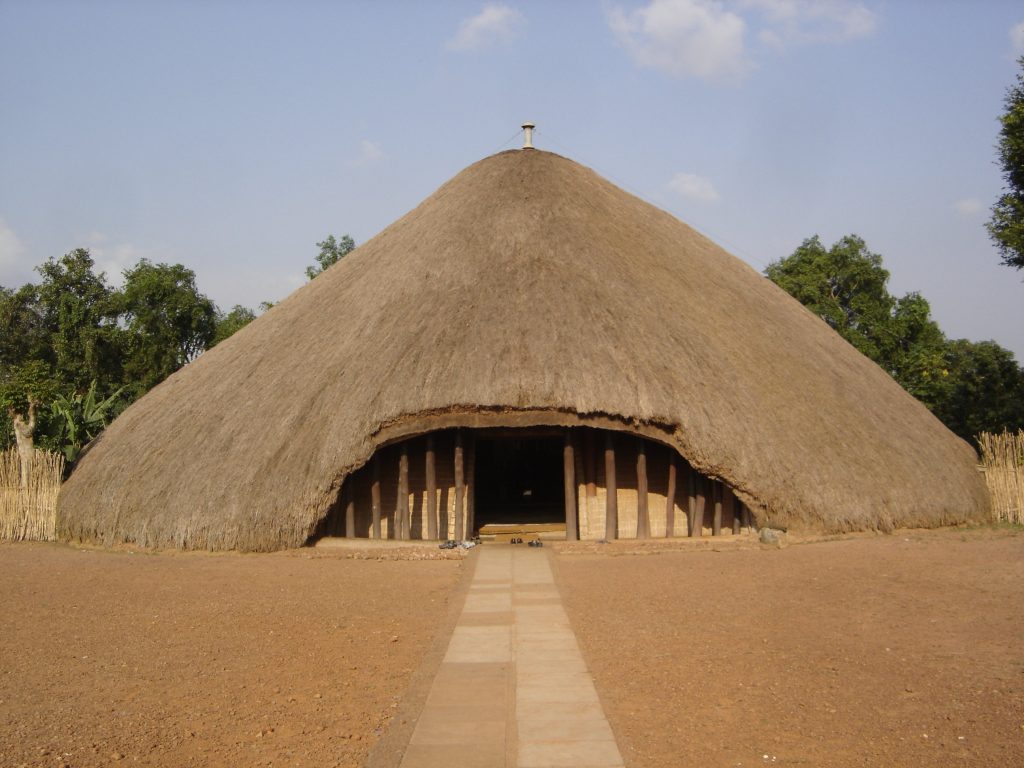Discovering Uganda’s UNESCO World Heritage Sites: Nature, Culture, and History Unveiled
Uganda, the “Pearl of Africa,” is not only known for its stunning landscapes but also for its rich cultural heritage. The country proudly boasts three UNESCO World Heritage Sites that showcase its exceptional biodiversity, majestic mountain ranges, and cultural significance. Join us on a journey to explore these remarkable sites and delve into the natural wonders, cultural traditions, and historical treasures that make Uganda a truly unique destination.

- Bwindi Impenetrable National Park: Nestled in the southwestern part of Uganda, Bwindi Impenetrable National Park is a haven for wildlife enthusiasts and nature lovers. This ancient rainforest is renowned for its exceptional biodiversity and, most notably, for being home to almost half of the world’s remaining mountain gorilla population. Trekking through dense foliage and mist-shrouded trails, visitors have the rare opportunity to encounter these majestic creatures up close, immersing themselves in a truly unforgettable wildlife experience.
Beyond the gorillas, Bwindi Impenetrable National Park is a sanctuary for numerous other species, including chimpanzees, monkeys, elephants, and a variety of bird species. The park’s verdant beauty, with its cascading waterfalls, meandering rivers, and lush vegetation, offers a picturesque backdrop for exploration and a remarkable opportunity to connect with the natural world.

- Rwenzori Mountains National Park: Located on the border of Uganda and the Democratic Republic of Congo, Rwenzori Mountains National Park is a jewel in Uganda’s crown. Also known as the “Mountains of the Moon,” this World Heritage Site presents a breathtaking panorama of snow-capped peaks, glacial lakes, and unique Afro-alpine vegetation. The mountain range offers a challenging and rewarding trekking experience for adventurers seeking to conquer Africa’s third-highest peak, Margherita Peak.
As you ascend through different vegetation zones, ranging from lush rainforests to bamboo forests and high-altitude mossy forests, you’ll encounter a diverse array of plant and animal species, some of which are endemic to the Rwenzori Mountains. The trek is a testament to the resilience and determination of explorers who wish to conquer this mystical and awe-inspiring natural wonder.

- Tombs of Buganda Kings at Kasubi: In the bustling capital city of Kampala, the Tombs of Buganda Kings at Kasubi stand as a symbol of Uganda’s rich cultural heritage and the historical significance of the Buganda Kingdom. This site is the final resting place of four Buganda kings and serves as a spiritual and cultural center for the Baganda people.
The architectural grandeur of the tombs is a sight to behold, with their traditional thatched-roof structures and intricate design. The rituals and customs associated with the Buganda monarchy are still practiced today, offering visitors a unique glimpse into the kingdom’s traditions and beliefs. Exploring the tombs and learning about the history and cultural significance of the Buganda Kingdom is a fascinating journey into Uganda’s past.
Conclusion: Uganda’s UNESCO World Heritage Sites embody the essence of the country’s natural wonders, cultural traditions, and historical legacy. Bwindi Impenetrable National Park reveals the remarkable biodiversity of the African rainforest, while Rwenzori Mountains National Park offers a majestic alpine experience unlike any other. The Tombs of Buganda Kings at Kasubi invite visitors to immerse themselves in Uganda’s rich cultural heritage and witness the traditions of the Buganda Kingdom.
These UNESCO sites in Uganda are not just destinations to visit but gateways to connect with nature, culture, and history. They remind us of the importance of conservation, preservation, and appreciation of the world’s wonders. Exploring these sites promises unforgettable experiences and a deeper understanding of Uganda’s natural and cultural treasures.